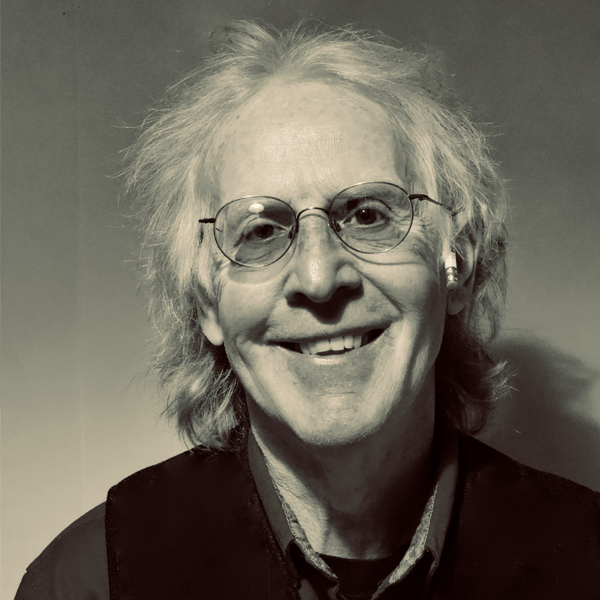
Ken Carder discusses the importance of Bill Brown’s artists’ residency program at Penland.
02:36Ken Carder discusses the importance of Bill Brown’s artists’ residency program at Penland. Oral history interview with Ken Carder by Barb Elam, conducted via telephone, September 6, 2019, Bard Graduate Center. Clip length: 02:35.
Ken Carder: Let me mention one more thing—Bill Brown created this artist-in-residency idea at Penland, and it was—basically, the foundation of it was to bridge between working with a material and trying to develop that material to a point where you could sustain your livelihood from working with ceramics, or working with glass, or metals. It was a way—the residency program was a period where you could live and stay at Penland and build equipment and develop your skills and try to find in established markets where you could sustain your lifestyle being a creative craft artist. And when I say craft, it’s not necessarily—it’s just describing what would at that time been considered craft disciplines—weaving, ceramics, glass, metals, woodworking, things that we associate with like traditional vocabulary of craft and stuff. But that residency program was this grace period between either, you know, undergrad, grad school or whatever you were doing prior, if your goal was to be a working artist and sustain your lifestyle as a working artist, Bill had this vision where if you could give people that little break right there at the beginning and they were in a very creative environment where they could sort of network out and develop their work to a point where it was interesting and accomplished, then they could get over that hump. And once they got things started they could keep it rolling, and he was instrumental in that, and people that came through that decided to stay in the area because you know, but that point you’re a little spoiled because it’s a beautiful environment, but it’s also a very creative environment. And at the time land and property was still rural, western North Carolina, so the property values were not as inflated as they were in a lot of the more developed urban areas around the country and things, so it was very affordable also to stay in that area, and so a lot of people did. And then, you know, once those seeds were planted they grew.